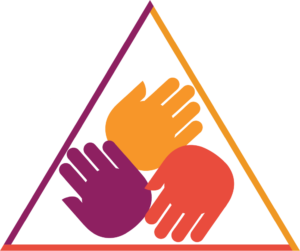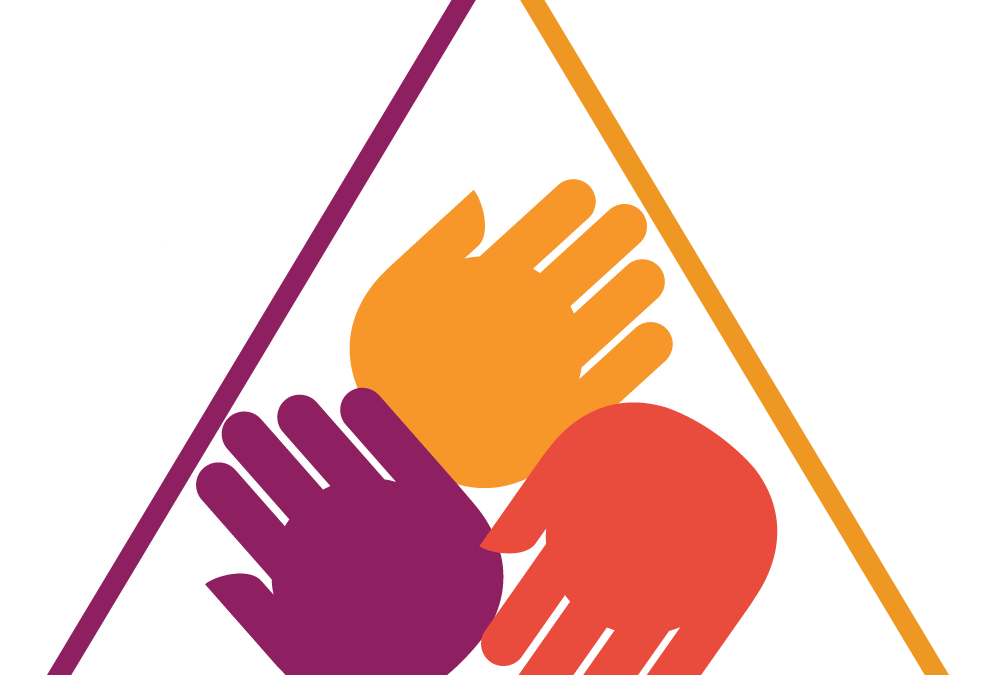Humanism is defined as a way of life centered on human interests or values that stresses an individual’s dignity and worth. It’s an approach that is becoming increasingly important in business—from marketing and technology to design and beyond. Humanism applies to market research too—with a twist.
Humanism and Market Research
Think about it. Can market research truly explain what drives purchase behavior unless we exercise meaningful empathy for potential buyers? Imagine if researchers and advertisers tapped into their own humanity to more effectively connect with consumers. Relying on our humanity as a common denominator should drive how we interact with each other whether you’re on the client side or the agency side.
This is the basis for what we at Imagine If call CARE. It’s respecting, empathizing and connecting on a human level across the Research Triangle, or Client, Agency, and Respondent Empathy. We believe this approach results in more successful market research projects, and, more importantly, positive business impact.
The Power of the Research Triangle
The Research Triangle is comprised of three main stakeholders in a typical research project: the research partner (Agency), the consumer (Respondent) and of course, the brand (Client). Traditionally, each stakeholder’s objectives are naturally self-centered. Rarely do clients really worry about the consumer, or Agencies worry about the person behind the “client.” And respondents mostly care for their incentives. We believe that for research to truly succeed, there has to be more empathy and respect for all three stakeholders as humans.
How can three disparate stakeholders find such common ground? The answer is simple:
all three sides need to focus on their humanity.
At Imagine If, we go back to this triangle when we design research, define objectives, choose methodologies and shape our outlook on business overall. In this three-part blog series, we’ll share our CARE approach, one corner of the triangle at a time, beginning with the consumer (Respondent).

THE HUMAN RESPONDENT
We believe in the human being behind the research numbers, performance metrics and customer segments. Consumers could be reached in a more meaningful and authentic way if research surveys, questionnaires and analyses were inspired by the humanity of the respondent.
Here are four ways to humanize your research with respect to the respondent.
- Speak Their Language
Researchers often labor over the perfect survey questions, but inadvertently or blindly use the language of the brand, the category or, even worse, the research itself. Surveys often contain jargon, acronyms, overly formal language and even “legalese.” This signals lack of empathy for how the brand’s customers actually talk. Does this really work for today’s respondent?
To provide real, thoughtful and authentic answers, today’s busy, savvy and over-stimulated consumers require easy-to-understand questions that naturally fit with how they actually think and act. No mental gymnastics, please! Questions should be asked in as few words as possible, because respondents are increasingly looking at your survey on mobile devices.
Creating a human-centered survey should break with formal writing standards; trading technical language and corporate speak for “normal-speak.” Take the time to observe how consumers talk and reflect that in your vocabulary, syntax and sentiment. This moves us from talking at consumers to engaging with consumers in surveys.
- Stimulate With Visuals
“A picture is worth a thousand words” may sound trite, but visuals can make a big difference in how people respond to surveys. With shrinking attention spans, non-verbal communication cues increase in importance. Multitasking or skimming while taking surveys is normal. And text-only content is no longer an effective form of communication in surveys or other research instruments. Instead, using colors, sound, icons, emojis or video (without introducing bias) in surveys should help bring it to life and engage consumers successfully. It’s OK if a respondent actually enjoys the survey experience!
- Respect Their Time
There is ample industry evidence that long surveys are unreliable due to respondent fatigue. Chances are, the topic you are researching is not front and center in the respondent’s mind the day you’re inviting them to participate. The physical and emotional length of time to take your survey should fit into the lifestyle and media consumption preferences of today’s consumer. Consider this: if you wouldn’t want to take your own survey, why would a consumer want to, regardless of how well they’re compensated? Taking our own surveys to understand the respondent’s experience should be standard protocol. You should enjoy taking your own survey, too!
- Spend Time With Them
Evidence also supports the power of facing a situation (at home or in a store) with research on your side. We like to apply this to brand managers, too. In a world of data—big data, small data, all kinds of structured and unstructured data—going beyond the numbers requires being part of truly intimate consumer interactions. For example, ethnos conducted in kitchens, over a dinner table at a restaurant or a living room shed a whole new light on how your consumers interact with your brands and products. When you and your the brand executive or data engineer engage, you can experience those real-life Moments of Truth together with your target consumer. You get insight into the nuance between the numbers and the multi-dimensional human behind those numbers. You get to see the complete picture and bridge your world with that of “typical” consumers from Nebraska to New York to Alaska and beyond.
Remember the Humans Behind the Research
As researchers, marketers or anyone dealing with consumer data, we must be constantly aware of the fact that respondents are humans—how we talk to them, how we interact with them and how we treat them matters for them as your consumers, but also for brands and their bottom lines. Ultimately, it’s only by owning and embracing our own humanity that we can truly understand consumers and their behaviors.
For more information on how the Humanistic Research Triangle and CARE can help you gain deeper insights into your consumers, contact Imagine If today.
Stay tuned for the next installments in our series to see how we apply CARE to the Agency and Client corners of the Humanistic Research Triangle.

